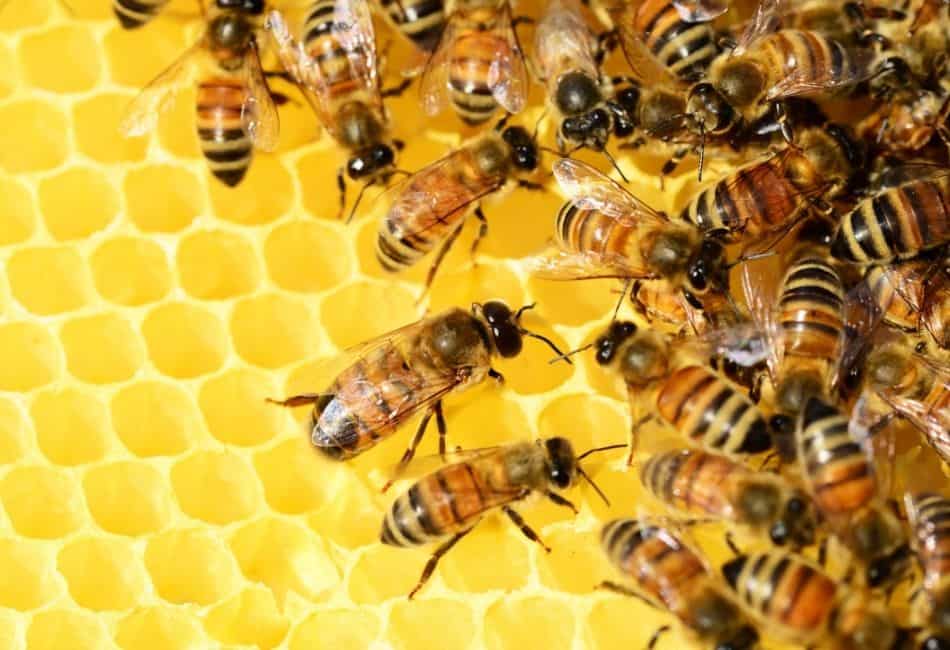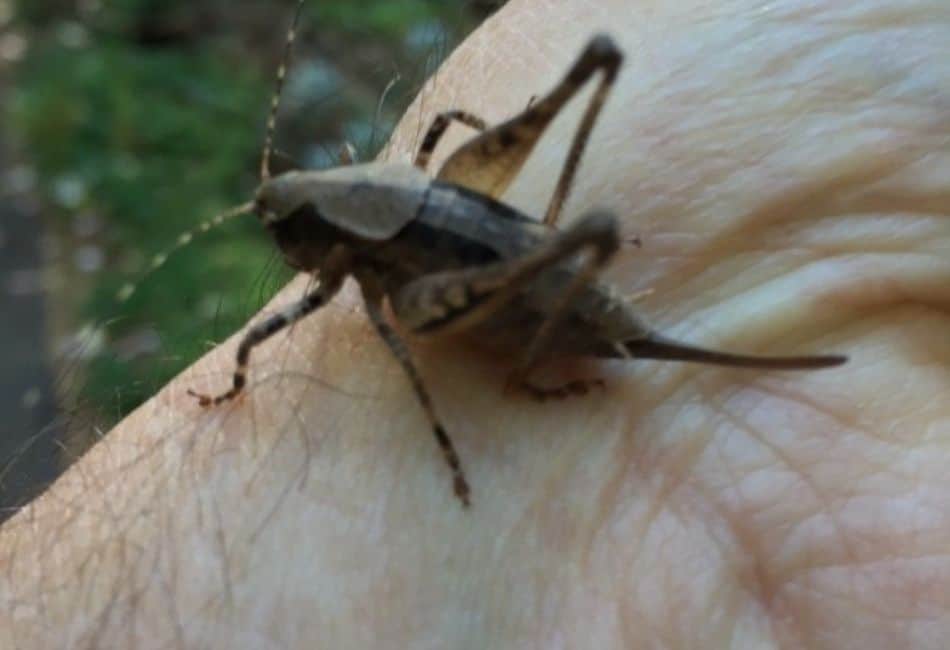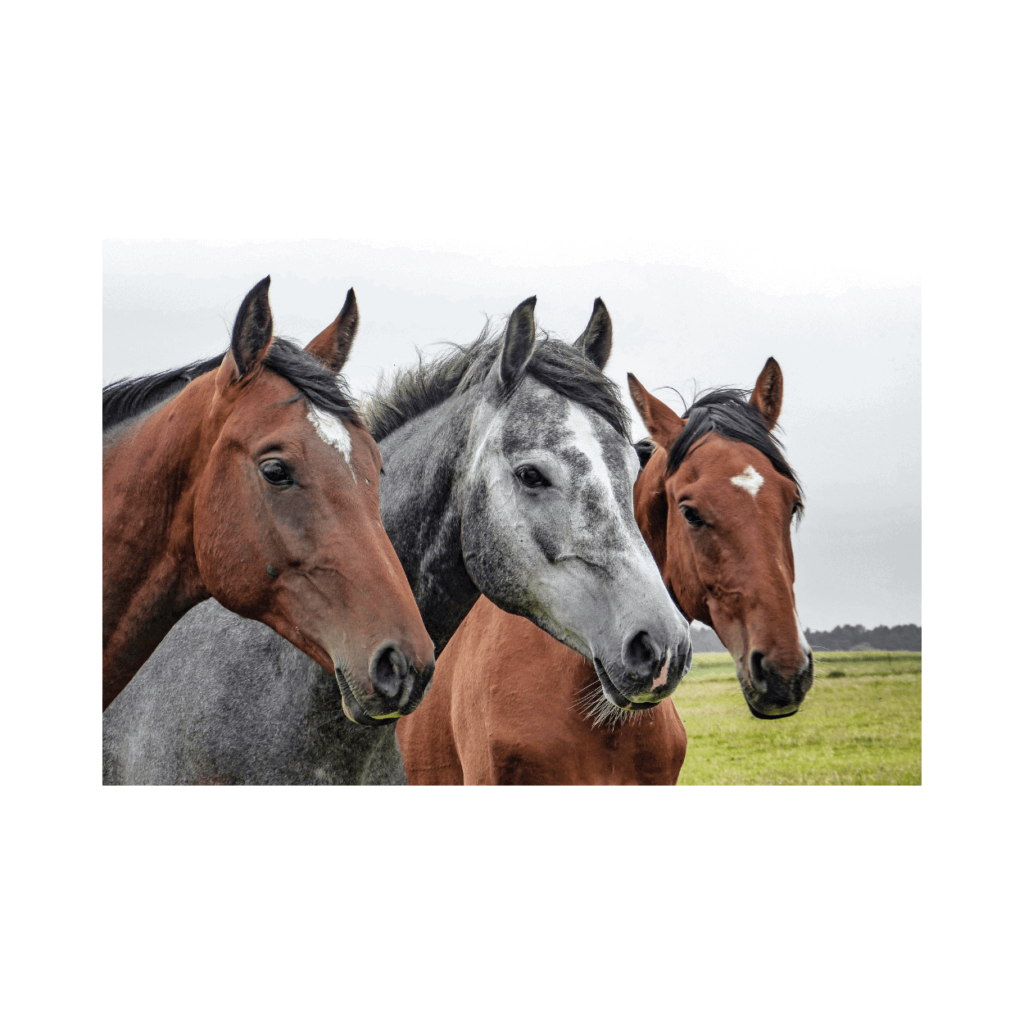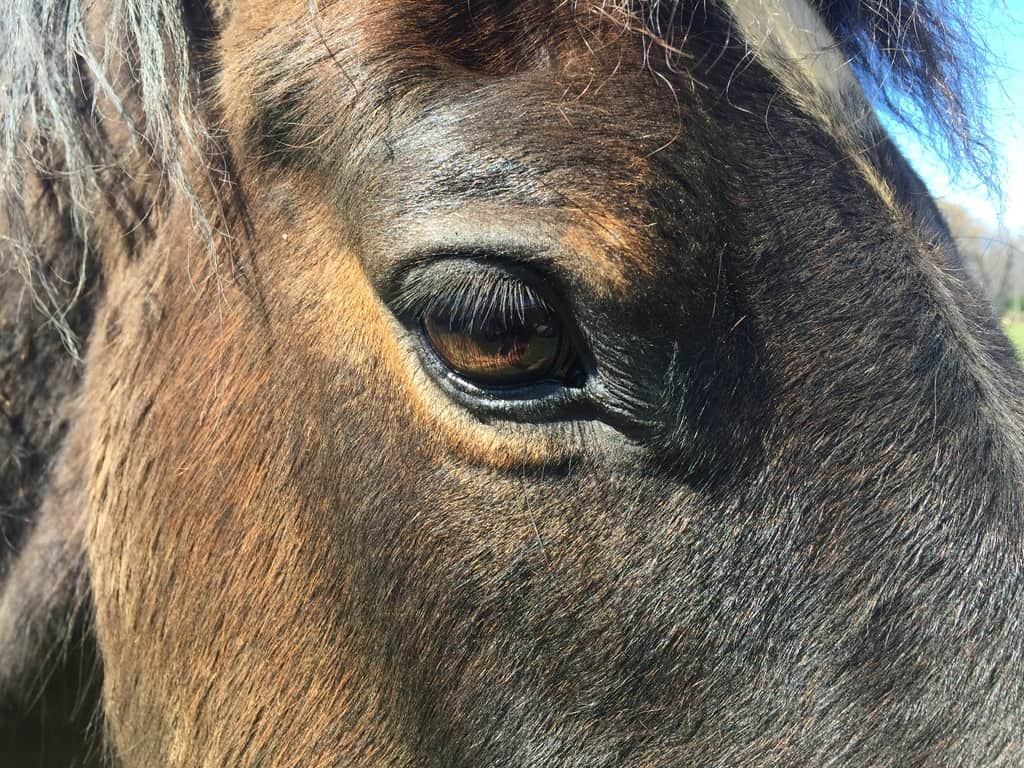In what is termed Natural Horsemanship every serious and devoted student of this discipline understands just how intuitive their horse is. They understand that a simple thought or gesture in the direction you want your horse to go, is initiated by the horse in the degree of strength of that intention. Similarly, when we want Read More
Category: Great & Small
Do Bees Eat Honey? The Birds AND The Bees Eat Honey!
Did you know that around 25,000 species of bees exist in the world today? About three-fourths of them are solitary, meaning that they don’t live in colonies but instead burrow into the soil or other places. Very few of them make honey. So do bees eat honey? If they make it, they eat it. So Read More
How Long Do Crickets Live? The Amazing Cricket
Crickets have long been a fascinating insect to humanity as a whole since the beginning of their discovery in time. Depending on how we choose to perceive crickets and their many varieties has developed our initial approach to how long do crickets live? Generally, we have always heard crickets before we have ever seen them. Read More
How Long Do Horses Live In A Domestic Environment?
How long do horses live? This is a great question. I think it depends on what angle we decide to take to decipher the answer. If we look at history we’ll find many accounts of an older horse living anywhere of up to almost 60 years of age. If we look at genetics and predisposition Read More
Healthy As A Horse, It’s Not Just A Saying
Horses, to all outside appearances, generally look healthy, hence the saying, “Healthy As A Horse.” They are big strong creatures and would seem to be immune to complexities. A savvy horse owner knows just how important health is to a horse’s performance. But horses aren’t just their performance. They, like us, are susceptible to injuries, Read More




